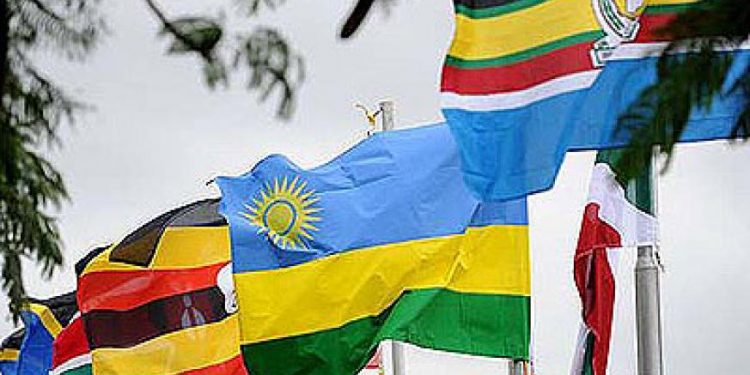Governments in East Africa are set to raise the tax on imported clothes, following a tax review that proposes an increase of between 30% and 35%. The move seeks to protect the textile industry, seeing that it is a great venture for creating employment for the locals.
As reported by the East African, second-hand imported clothes will attract a duty higher than finished products (25%), seeing that they have been classified as ‘sensitive.’
Furthermore, the increase in tax not only applies to textile, but also to iron and steel, agro-processing, and wood and wood products.
This is, however, not the first time the community is seeking to increase the tax on imported clothes. In March 2016, EAC Heads of State expressed their intent to slowly discard the import of second-hand clothing so as to support the region’s textile industry.
Additionally, on June 30, 2016, the EAC increased the specific duty rate on second-hand clothing from $0.20/kg to $0.40/kg to the applicable rate of 35%.
The East African Community (EAC) is pushing for its Common External Tariff (CET) to be wholly capped at 32.5%.
The CET comprises of a triple band structure where raw materials and capital goods traded among member states do not attract any tax. However, intermediate goods attract 10% while final goods attract 25% tax.
According to the US Agency for International Development, major exporters of clothing to the EAC are the United States and China, with the latter’s exports of cheap, ready-made clothes to East Africa estimated at $1.2 billion per annum.
See Also:




